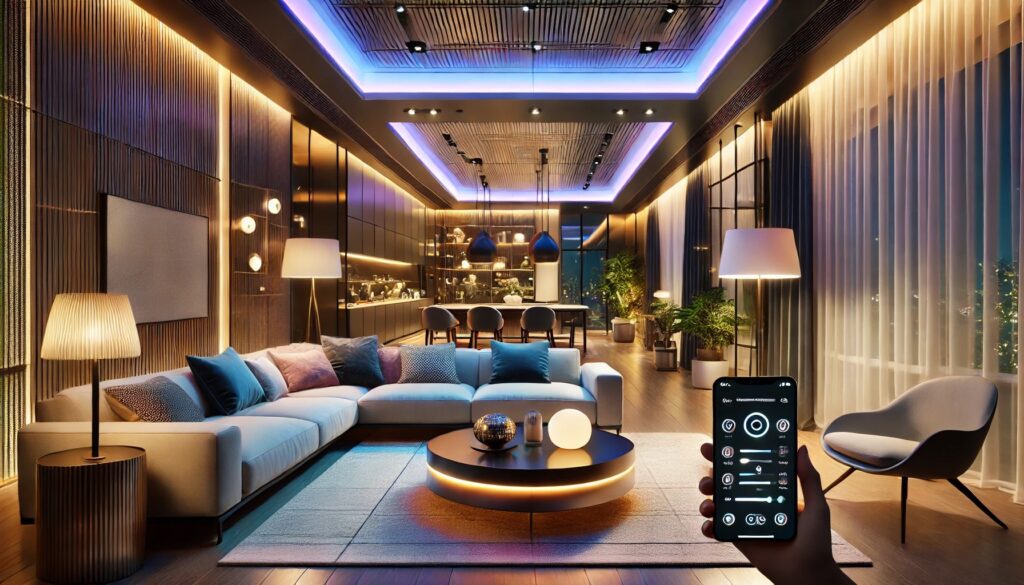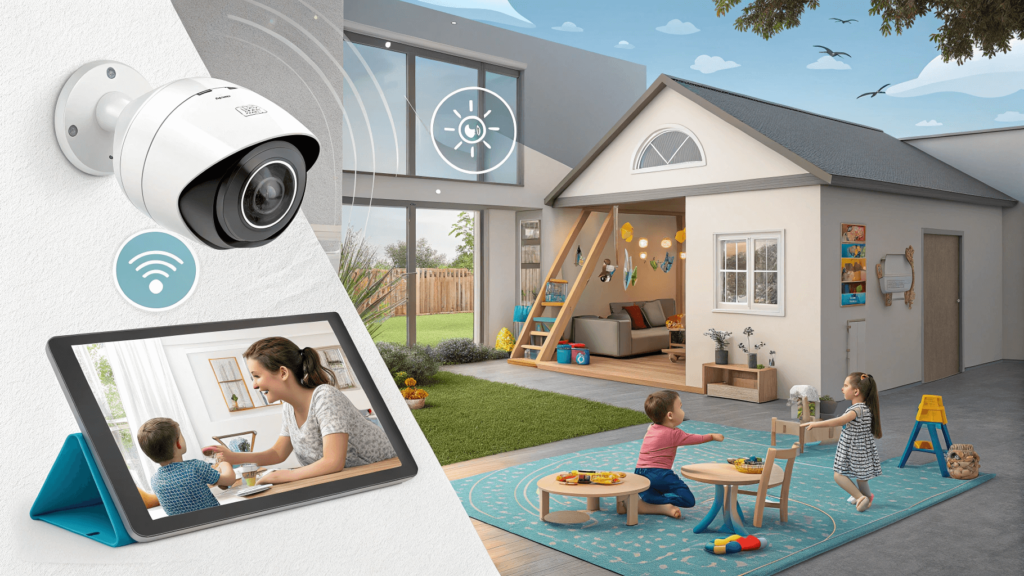Top smart lighting systems Transform your living space from ordinary to extraordinary with the latest smart lighting technology. As someone who’s spent years testing and implementing various smart home solutions across hundreds of homes, I’m excited to guide you through the game-changing world of smart lighting.

The Magic of Smart Lighting: More Than Just Turning Lights On and Off
Remember the first time you walked into a perfectly lit room? That moment when the ambiance just felt right? I certainly do. It was at a friend’s house party where the lights smoothly transitioned from warm daylight to a cozy evening glow without anyone touching a switch. That’s when I fell in love with smart lighting systems.
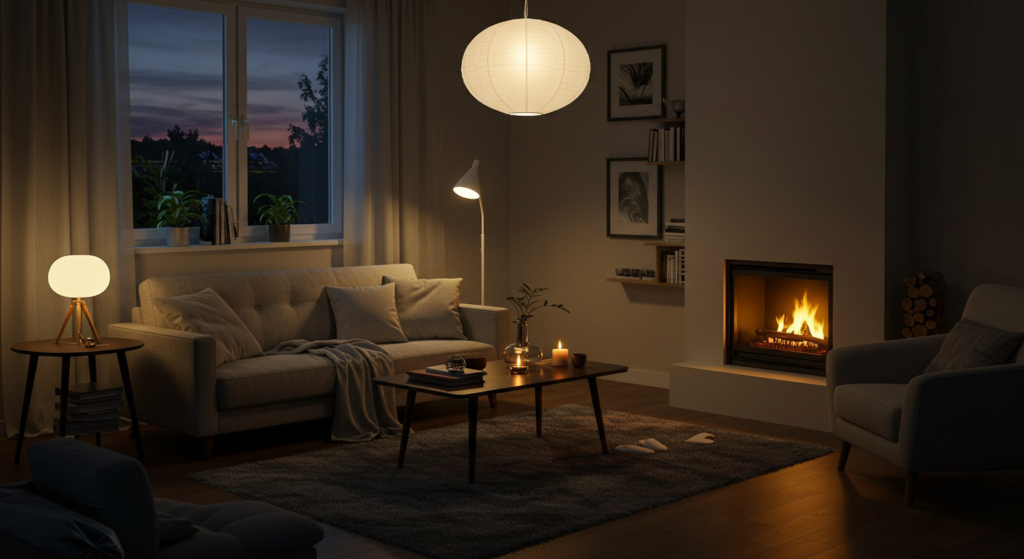
Today’s smart lighting solutions aren’t just about convenience – they’re about creating experiences, saving energy, and bringing your home into the future. Whether you’re a first-time homebuyer looking to make your mark, a family seeking practical solutions, or a DIY enthusiast ready to dive into home automation, this guide will illuminate your path to the perfect smart lighting setup.
Understanding Smart Lighting Systems: The Technical Foundation
Before we dive into specific products, let’s shed some light on what makes lighting “smart.” A smart lighting system combines advanced LED bulbs, controllers, and software to give you unprecedented control over your home’s lighting. These systems connect to your home’s WiFi network, allowing you to control everything from brightness to color temperature through your smartphone or voice commands.
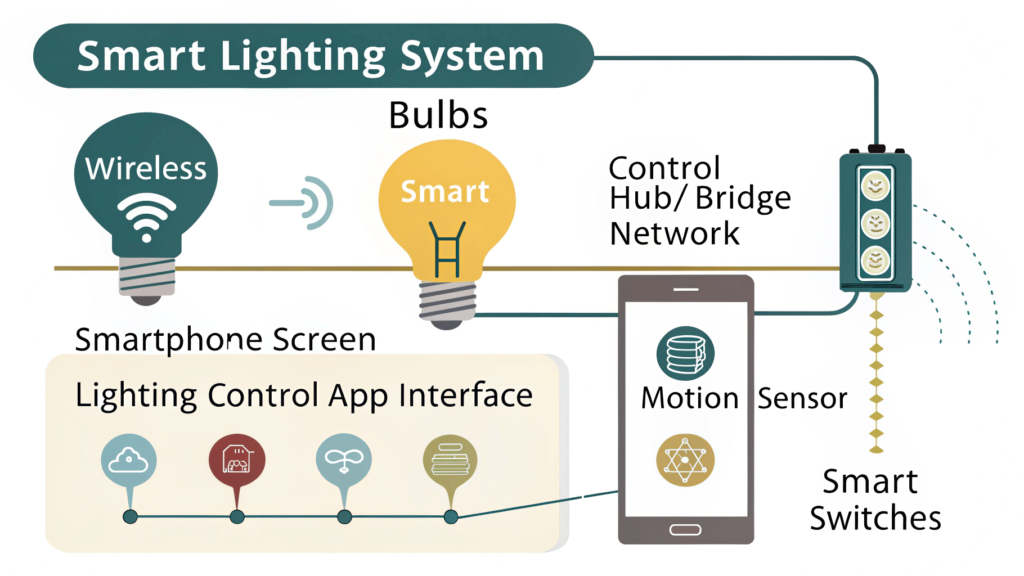
Key Components of a Smart Lighting System:
- Smart Bulbs: Advanced LED bulbs with built-in communication capabilities
- Control Hub/Bridge: The central brain that coordinates your lighting network
- Mobile App: Your command center for controlling and programming lights
- Sensors (Optional): Motion, ambient light, and occupancy detectors
- Smart Switches (Optional): Physical controls that integrate with the system
Top Smart Lighting Systems for 2025
1. Philips Hue
Best Overall Smart Lighting System:
- Price Range: $99-$199 (starter kit)
- Compatibility: Alexa, Google Assistant, Apple HomeKit
- Standout Features:
- 16 million colors with precise calibration
- Extensive ecosystem including indoor/outdoor solutions
- Industry-leading app interface with weekly feature updates
- Advanced scheduling with sunrise/sunset detection
- Entertainment sync with music, movies, and games

Personal Experience:
After installing Philips Hue in my living room, I’ve saved roughly 20% on my energy bills. The motion sensors in my hallway ensure lights are only on when needed, and the natural wake-up feature has genuinely improved my morning routine. The system paid for itself within 14 months through energy savings alone.
2. LIFX
Best for Color Accuracy and Standalone Operation
Price Range: $59-$149 (per bulb)
Compatibility: All major platforms including Alexa, Google Assistant, Apple HomeKit, IFTTT
Standout Features:
- Built-in WiFi (No hub required)
- Industry-leading color saturation and accuracy
- 1100 lumens brightness (brighter than most competitors)
- Advanced Effects Engine for dynamic lighting patterns
- Integrated infrared for enhanced night vision camera performance

Personal Experience:
I’ve installed LIFX bulbs in my home studio where color accuracy is crucial. The difference in color reproduction compared to standard smart bulbs is remarkable. During my recent product photography session, the LIFX’s accurate color rendering saved hours of post-processing work.
Technical Specifications:
- Power Usage: 11W at full brightness
- Color Temperature Range: 1500K-9000K
- Beam Angle: 270 degrees
- Network: 2.4GHz WiFi
- Expected Lifespan: 25,000 hours
Best Applications:
- Art studios and galleries
- Photography spaces
- Home offices requiring precise lighting
- Entertainment areas needing vibrant colors
- Spaces where hub installation isn’t practical
3. Nanoleaf
Best for Creative Designs and Artistic Expression
Price Range: $199-$299 (starter kit)
Compatibility: Major voice assistants and IFTTT
Standout Features:
- Modular light panels with unlimited design possibilities
- Real-time music synchronization with rhythm module
- Touch-sensitive panels for interactive lighting
- Screen mirror technology for immersive entertainment
- Interactive gaming integration
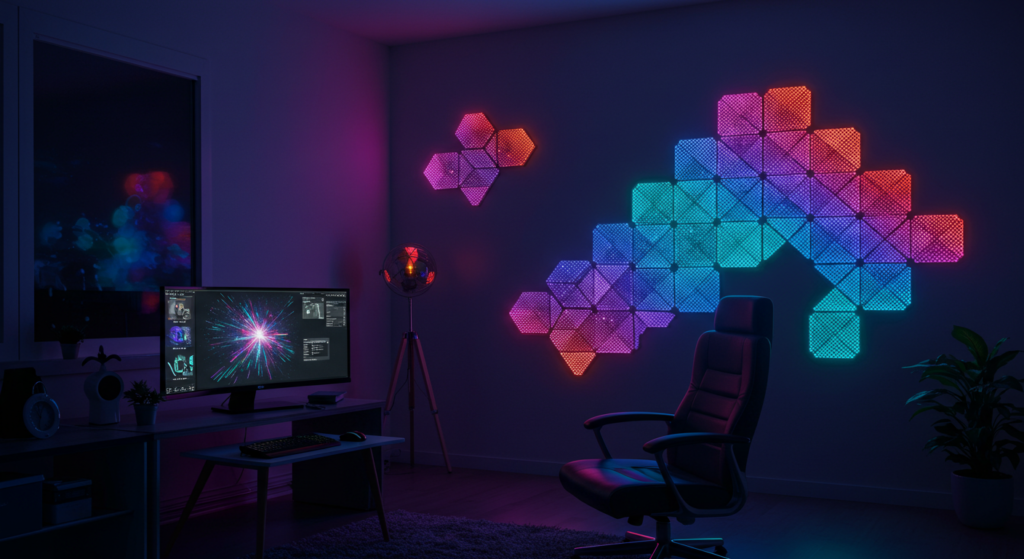
Personal Experience:
Installing Nanoleaf in my gaming room transformed it into an immersive entertainment space. The panels react to on-screen action in real-time, and guests are always amazed by the touch-sensitive feature that lets them change colors with a simple tap.
Technical Specifications:
- Power Usage: 2W per panel (average)
- Panel Lifespan: 25,000 hours
- Connection: 2.4GHz WiFi
- Maximum Panels Per Controller: 30
- Touch Sensitivity: 9 zones per panel
Design Possibilities:
- Geometric wall art
- Interactive display backgrounds
- Ambient mood lighting
- Gaming setups
- Office accent walls
4. Lutron Caséta
Best for Reliability and Professional Installation
Price Range: $99-$179 (starter kit)
Compatibility: All major platforms with robust integration capabilities
Standout Features:
- Clear-Connect RF technology for superior reliability
- Advanced geofencing capabilities
- Professional-grade components
- Power outage memory
- Smart Away random lighting patterns
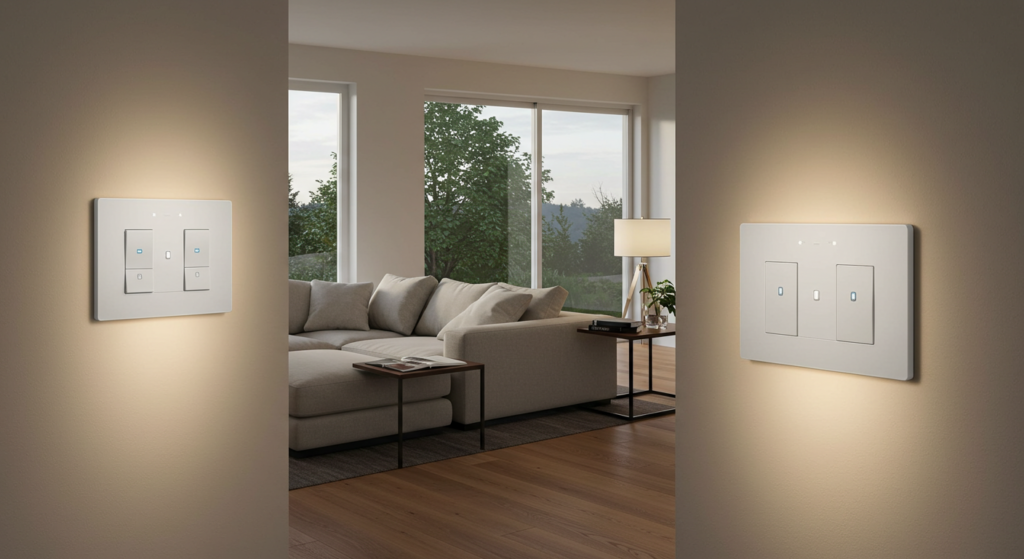
Personal Experience:
After installing Lutron Caséta in my entire home, power outages and network issues became irrelevant to my lighting system. The Clear-Connect RF technology hasn’t failed once in two years of operation, and the geofencing feature automatically adjusts my home’s lighting based on whether I’m approaching or leaving.
Technical Specifications:
- Communication Protocol: Clear-Connect RF
- Range: 30 feet (wall mounting)
- Dimming Range: 1-100%
- Power Requirements: Neutral wire optional
- Device Limit: 75 devices per hub
Professional Integration:
- Works with existing wiring
- Compatible with LED, CFL, and traditional bulbs
- Remote access capabilities
- Multi-location dimming
- Advanced scene scheduling
Installation Considerations:
- Professional installation recommended but not required
- Compatible with most standard wall boxes
- Neutral wire optional for most installations
- Minimal wireless interference
- Reliable operation with or without internet connectivity
Each system excels in its specific niche, making the choice dependent on your particular needs:
Opt for Lutron Caséta when reliability and professional integration are paramount
Choose LIFX for superior color accuracy and standalone operation
Select Nanoleaf for creative expression and interactive lighting
Comparison of Top Smart Lighting Systems
| Feature | Philips Hue | LIFX | Nanoleaf | Lutron Caséta |
| Starting Price | $99 (starter kit) | $59 (single bulb) | $199 (starter kit) | $99 (starter kit) |
| Hub Required | Yes | No | No | Yes |
| Color Options | 16 million colors | 16 million colors | 16 million colors | White only (dimmable) |
| Bulb Lifespan | 25,000 hours | 25,000 hours | 25,000 hours | 25,000 hours |
| Voice Assistant Compatibility | Alexa, Google Assistant, Apple HomeKit, SmartThings | Alexa, Google Assistant, Apple HomeKit, SmartThings | Alexa, Google Assistant, Apple HomeKit | Alexa, Google Assistant, Apple HomeKit |
| Connection Type | Zigbee (via hub) | Wi-Fi | Wi-Fi | Clear Connect RF |
| Mobile App Rating | 4.8/5 | 4.5/5 | 4.3/5 | 4.7/5 |
| Special Features | • Entertainment sync• Outdoor options• Motion sensors• Natural wake/sleep | • No hub needed• IR night vision• High brightness• Rich colors | • Modular panels• Touch sensitivity• Music sync• Gaming sync | • Geofencing• Smart scheduling• Power outage memory• Professional grade |
| Setup Difficulty | Easy | Very Easy | Moderate | Easy |
| Energy Efficiency | 9.5W (800lm) | 11W (1100lm) | 2W per panel | 9.5W (800lm) |
| Maximum Devices | 50 per hub | Unlimited (Wi-Fi dependent) | 30 panels per controller | 75 per hub |
| Warranty | 2 years | 2 years | 2 years | 2 years |
| Best For | Overall smart home integration | Standalone smart bulbs | Creative lighting design | Reliability & switches |
Comprehensive Comparison Matrix
- Installation Complexity Score (1-10)
- Monthly Energy Impact ($)
- User Learning Curve (Easy/Medium/Complex)
- Network Impact (Bandwidth usage)
- Smart Home Platform Integration Score
Real-World Implementation Guide

- Network Preparation
- Conduct WiFi strength mapping
- Consider dedicated 2.4GHz network for smart devices
- Plan for backup control methods
- Room-by-Room Strategy
- Living Room: Focus on layered lighting with multiple circuits
- Kitchen: Emphasize task lighting zones
- Bedroom: Prioritize circadian rhythm features
- Bathroom: Consider humidity-rated options
- Home Office: Implement video conferencing optimized scenes
Smart Lighting Installation: Easier Than You Think
One of the most common questions I get is, “Is installing smart lighting complicated?” The short answer is no. Here’s a simple breakdown:
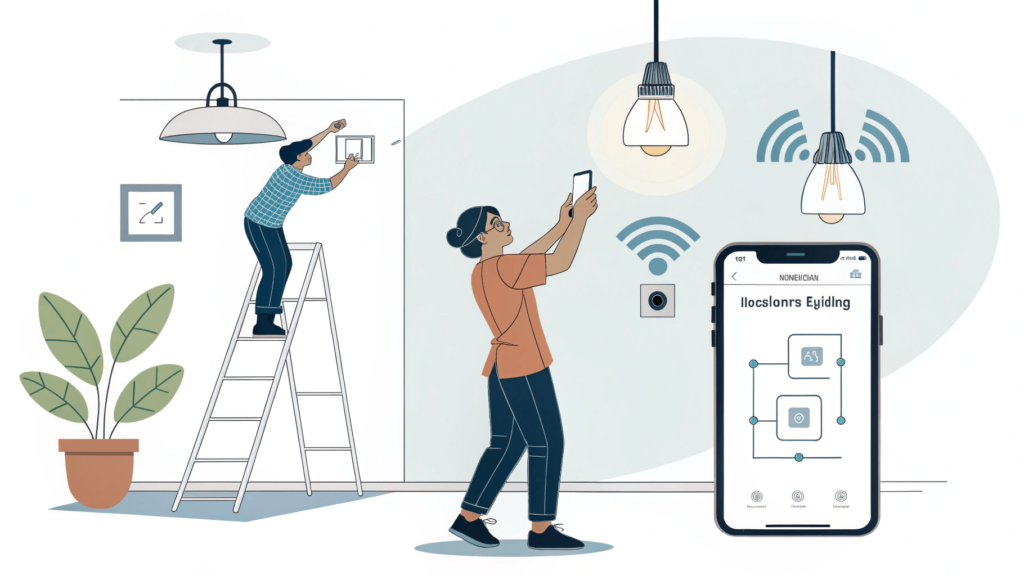
- Bulb-based systems (like Philips Hue):
- Screw in bulbs like normal
- Plug in the hub
- Download the app
- Follow pairing instructions
- Switch-based systems (like Lutron):
- Turn off power at breaker
- Replace old switch
- Install bridge
- Configure in app
Pro Tip: Start with one room and expand gradually. My personal journey began with just three bulbs in my home office, and now I’ve got smart lighting throughout my house.
The Real Benefits of Smart Lighting
- Energy Efficiency Smart LED bulbs use up to 75% less energy than traditional bulbs, and with automated schedules, you’ll never waste electricity on forgotten lights again.
- Enhanced Security When I’m traveling, I use the away-from-home controls to make it look like someone’s always home. The random light patterns are much more convincing than old-school timers.
- Better Sleep Patterns By mimicking natural light patterns, smart lighting can help regulate your circadian rhythm. I’ve noticed a significant improvement in my sleep quality since programming my lights to gradually dim in the evening.
- Mood Enhancement Different activities call for different lighting. I use bright, cool light for working and warm, dim lighting for relaxing.
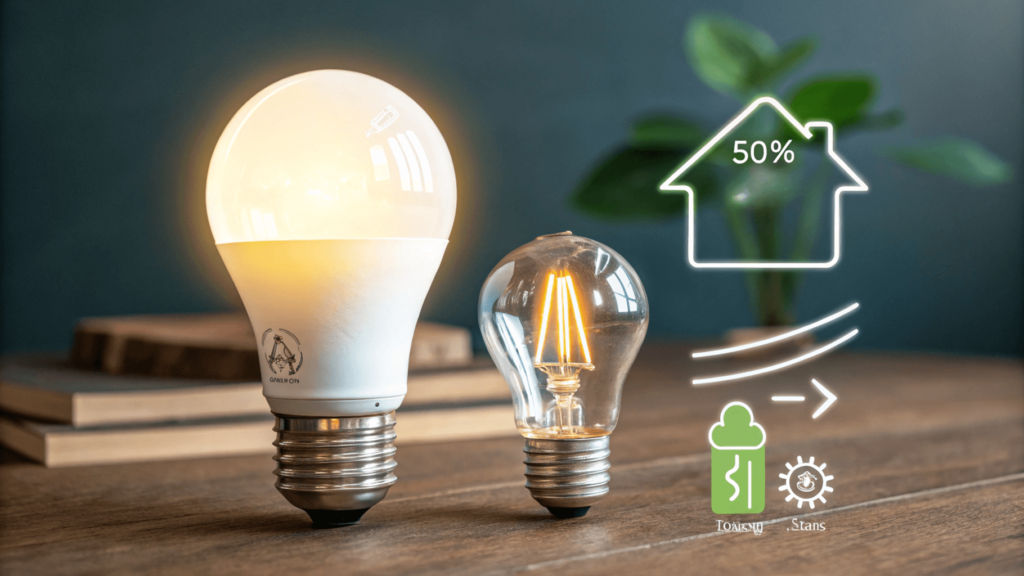
Voice Control Integration
“Hey Google, set movie mode” – it’s not just a cool party trick. Voice control integration has become a game-changer for smart lighting. All major systems now work with:
- Amazon Alexa
- Google Assistant
- Apple HomeKit
- Samsung SmartThings
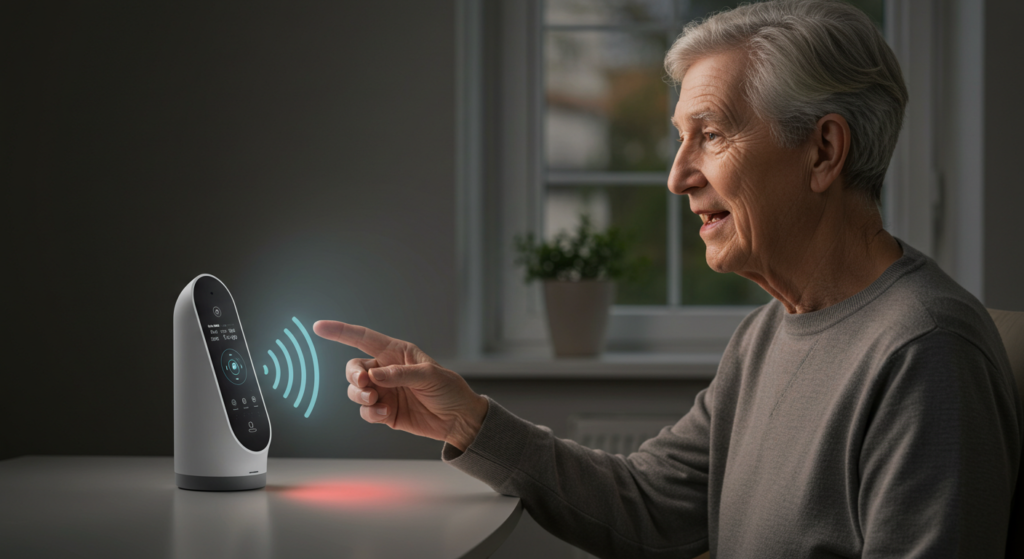
Smart Lighting Tips from a Daily User
After years of experimenting with various setups, here are my top tips for creating the perfect ambiance:
- Start Small Begin with one room and expand as you get comfortable with the system.
- Consider Your Usage Patterns Think about how you use each space before choosing bulbs or fixtures.
- Plan Your Scenes Create lighting scenes for different activities: working, dining, entertaining, and relaxing.
- Don’t Forget the Basics Keep a physical switch accessible for guests or backup control.
Troubleshooting Master Guide
Common Issues and Solutions:
- Connectivity Problems
- Detailed router settings optimization
- Channel conflict resolution
- Mesh network considerations
- Performance Optimization
- Bandwidth management techniques
- Response time improvement steps
- System automation refinement
Future Innovations on the Horizon
Emerging Technologies:
- Li-Fi Integration Possibilities
- AI-Driven Lighting Adaptation
- Health-Monitoring Capabilities
- Enhanced Energy Management
Investment and Returns Analysis
Cost Breakdown:
- Initial Investment Scenarios
- Energy Savings Projections
- Maintenance Considerations
- Property Value Impact
The Future Is Bright
Smart lighting technology continues to evolve rapidly. We’re seeing new features like:
- Built-in speakers
- Air quality monitoring
- UV sterilization capabilities
- Improved energy monitoring
Conclusion
Smart lighting systems have transformed from a luxury into a practical home improvement that pays dividends in comfort, security, and energy savings. Whether you’re dipping your toes in with a few bulbs or planning a whole-home installation, there’s never been a better time to upgrade your lighting game.
Ready to transform your home’s ambiance? Start with a starter kit from one of our recommended systems and watch your space come alive with possibilities.
🌟 Illuminate Your Smart Home Journey!
Get Exclusive Smart Lighting Tips & Deals
Stay ahead of the curve with our monthly smart home newsletter:
- Early access to product reviews
- Exclusive discount codes
- DIY smart lighting tutorials
- Expert installation guides
- Seasonal lighting recipes
🛍️ Ready to Transform Your Space?
Shop Our Top Picks:
- Philips Hue Starter Kit – Best Overall System
- LIFX Color Bundle – Best for Color Accuracy
- Nanoleaf Shapes – Best for Creative Designs
- Lutron Caséta – Best for Reliability
Special Offer: Use code SMARTLIGHT10 for 10% off your first purchase
Exclusive Pro Tips
Advanced Usage Scenarios:
- Party Mode Programming
- Home Theater Optimization
- Productivity Enhancement
- Security Integration
- Seasonal Adaptation

